contact Boss
Don’t rush to close it, talk to our boss directly, you will get a surprise.



1900+ Users
Completed User Services
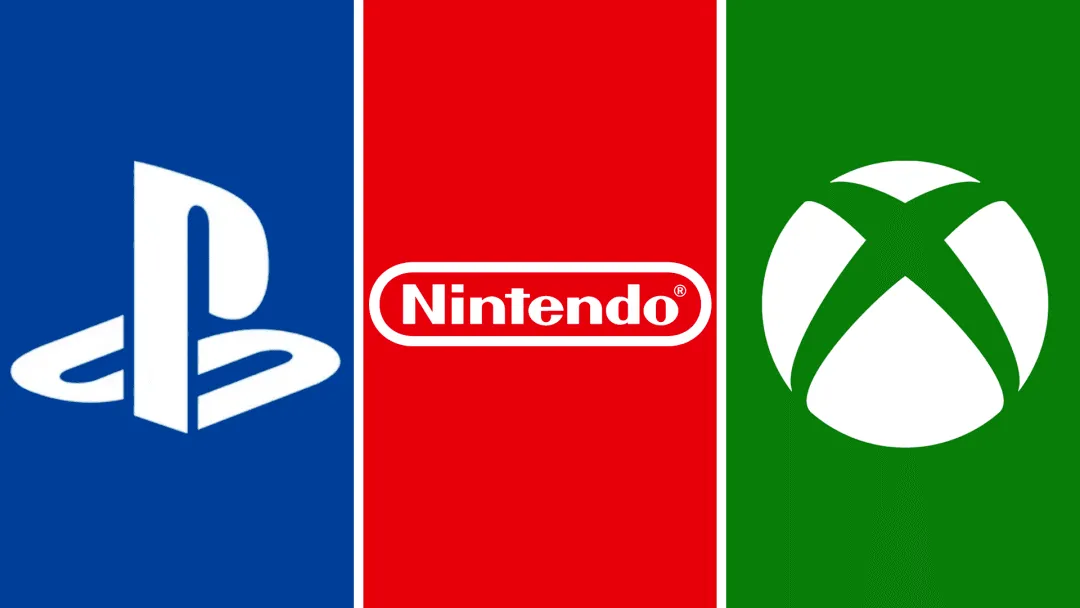
Nowadays, cross-platform launches of first-party games from Microsoft Xbox and Sony PlayStation (PS) are commonplace, but the announcement of the Halo series launching on the PS platform is still of symbolic significance.
GameStop, one of the world’s leading gaming retailers, released a timely announcement titled “The Console Wars Are Over.” This announcement, timed to capture public attention and coinciding with the release of Halo on the PlayStation, inevitably conveyed the underlying message that “PlayStation has won the war.”
However, perhaps this game console war that has lasted for many years has really come to an end.
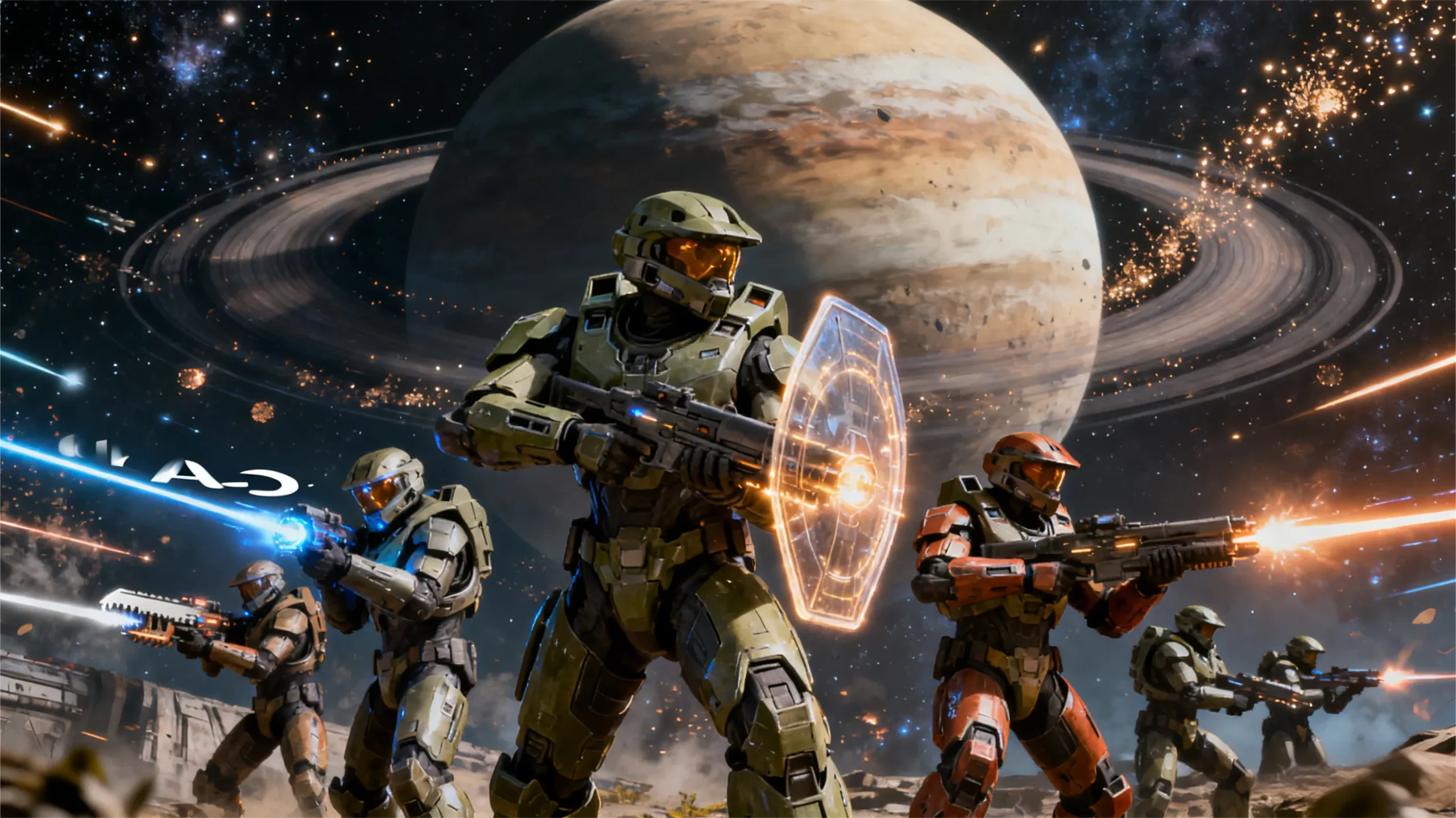
The Xbox brand certainly won’t be leaving the stage, but in the future, ten or twenty years from now, when people discuss gaming hardware, the once “Big Three” (Xbox, PlayStation, and Nintendo) may evolve into a new landscape of PC, PlayStation, and Nintendo.
We’d like to take this opportunity to explore the future development trends of the gaming industry and the respective directions of the “Big Three.”
Strictly speaking, Nintendo wasn’t absent from the “console wars,” but rather stayed out of the “performance war.”
Gamers often say Nintendo isn’t on the same page as other manufacturers, but a historical look reveals that the failures of consoles like the N64 and NGC were not only due to Nintendo’s own decisions, but also the result of the fierce competition in the “console wars.”
When I was a kid, I got into console gaming with a Game Boy Concerto (GBC) I borrowed from a classmate. Later, in junior high, I played Sony’s Pro Evolution Soccer in arcades. I vaguely remember it costing two yuan an hour.
Back then, I really wanted my own Nintendo console, but my family only let me buy the Subor. Now that I’m older and financially more flexible, I can play with the Nintendo Switch, Nintendo Switch 2, PS5 Pro, and PS4 Pro. While I only have time for an hour or two at a time, the time I spend playing games is pure joy.
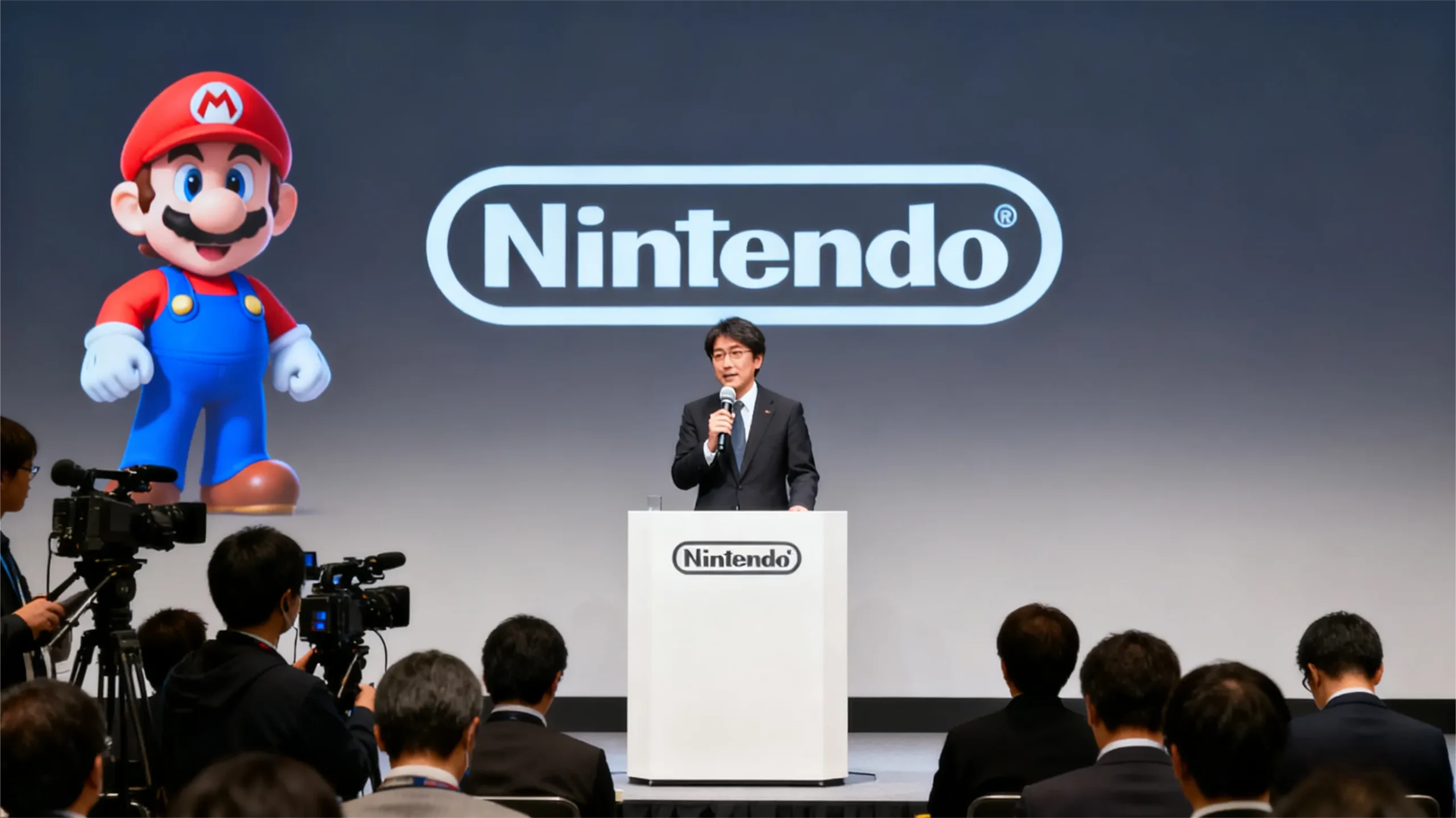
Expanding Nintendo’s user base has always been a strategic priority. This “expansion” encompasses not only the “blue ocean” of users who haven’t yet experienced gaming, but also core players who were previously loyal to other platforms.
This is precisely one of the core missions of the significantly improved performance of the Nintendo Switch 2: on the one hand, it provides Nintendo’s game developers with greater creative freedom, freeing them from the constraints of hardware performance; on the other hand, its enhanced performance will attract more third-party game developers and enrich the platform’s gaming ecosystem.
In the past, Nintendo consoles achieved affordable pricing thanks to their relatively low performance. Now, with performance upgrades and consequently rising costs, it’s naturally difficult to keep prices down. This happened with the Nintendo Switch 2, and future models are likely to continue this trend. Currently, the new Nintendo Switch Lite is priced under $200, but such low prices may be difficult to find again.
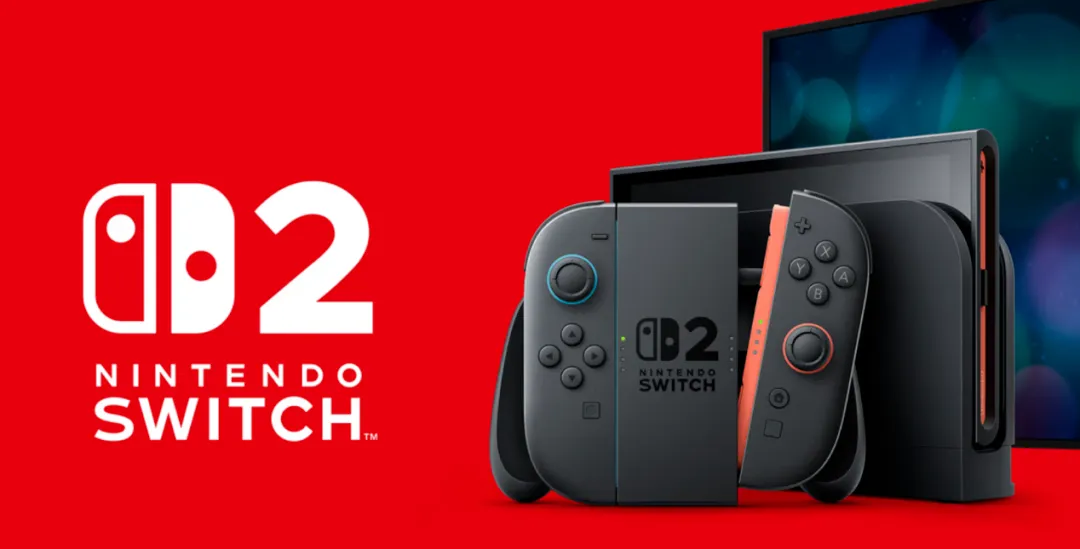
Even with rising prices, Nintendo could always surprise and win.
History has already exemplified this: from the NGC to the Wii, console performance barely improved, yet they achieved a comeback thanks to the industry-changing innovation of “motion interaction.” Since then, motion-sensing gameplay has become a hallmark of Nintendo consoles, a feature that persists to this day.
Nintendo’s approach has always been “performance improvement driven by gaming needs,” not “performance improvement for performance’s sake.” There’s a fundamental difference between the two.
Perhaps in six or seven years, when the next-generation console is released, if Nintendo believes the Nintendo Switch 2’s performance still meets game development needs, the new console might not offer a significant performance upgrade, but instead define the “next generation of gaming” through a completely new set of hardware interaction mechanisms.
Even though Nintendo’s console hardware performance has always lagged behind its competitors, its robust lineup of first-party games remains an insurmountable barrier in the industry.
Even more notably, Nintendo was the first of the “Big Three” to plan for next-generation hardware—even starting development of the Nintendo Switch 3 (or other next-generation console names) two or three years ago.
In the past two years, Nintendo has purchased new land and built a new headquarters building, and the size of its R&D team is expected to double in the future. This means that Nintendo’s game output will accelerate and increase in quantity, enriching the platform’s content ecosystem.
As Nintendo advances its “IP expansion” strategy, it continues to develop content beyond gaming, including peripheral products, theme parks, film and television animation, and more. Of all game companies, Nintendo consistently offers players the best glimpse into future possibilities.
Unless you’ve never played Nintendo games, you might consider choosing between a PC and a PlayStation, but a Nintendo console will always be a must-have for gamers.
Nintendo’s case study clearly demonstrates that game exclusivity isn’t the core factor determining a console’s competitiveness. Even if exclusive games attract players, they still need to be interested in the game itself.
Even then, players may simply “play and leave” or “borrow the console to try it out,” which doesn’t necessarily translate into actual console sales.
Moreover, at present, the driving effect of exclusive strategies on game sales may have surpassed that on console sales, making it less of a profitable proposition for manufacturers.
Thus, the core of the console war is shifting: it’s no longer a competition between “game platforms,” but rather a contest between “game formats.”
Even with the continuous improvement of mobile phone performance, mobile phones have become a significant gaming platform, further reshaping the industry’s competitive landscape.
Rather than exclusives, Japanese game developers’ PC optimization and the well-known D-encryption technology are more likely to indirectly boost console sales.
Specifically, players who prioritize a smooth experience over graphical quality will naturally choose the affordable Switch. Those with higher-quality graphics or performance requirements will opt for other platforms like PlayStation and PC based on their needs. For those with diverse needs and difficulty compromising, dual-platform ownership becomes a common option.
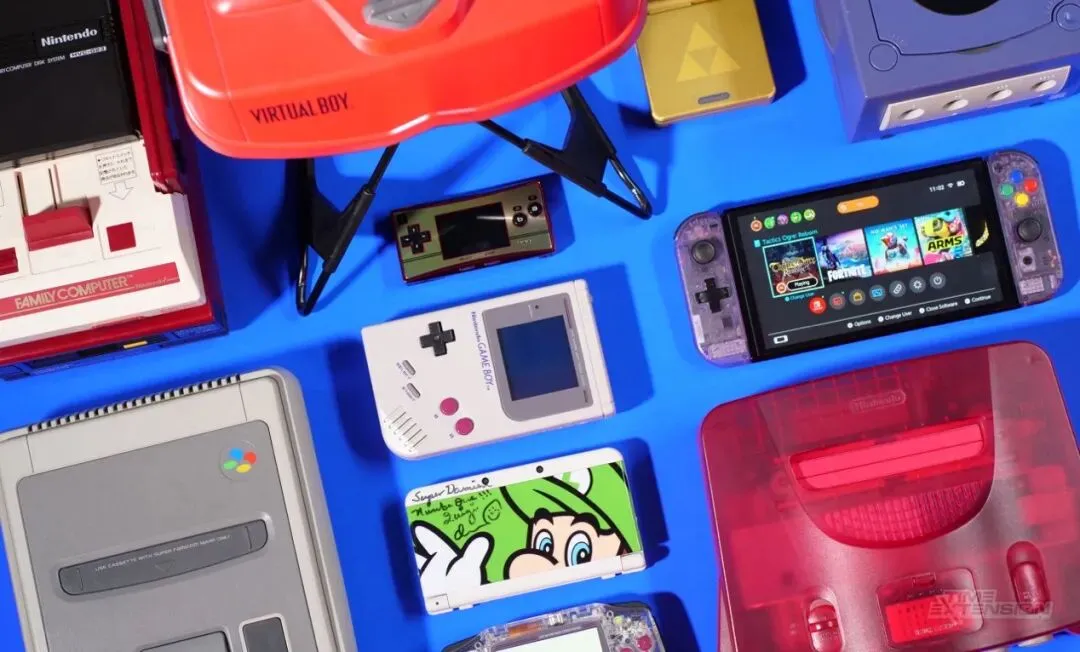
Many players have complained that the “PS5 has no games.” This logic is similar to the claim that the “Nintendo Switch 2 has no games”—the PS5 isn’t lacking games, but rather lacks the core appeal that will make certain players “motivated and willing to pay for it.”
For PC gamers in particular, a high-performance PC is more than enough to run 95% or even 98% of the latest AAA titles. This diminishes the PS5’s “irreplaceability” and makes it seem somewhat redundant.
In reality, the PS5’s game library is not insignificant, which is a key reason why it outsold the PS4 during the same period. Except for a few games that require keyboard and mouse control, nearly 99% of new games can be enjoyed on the PS5, and some will even be exclusive to the PlayStation platform for a period of time.
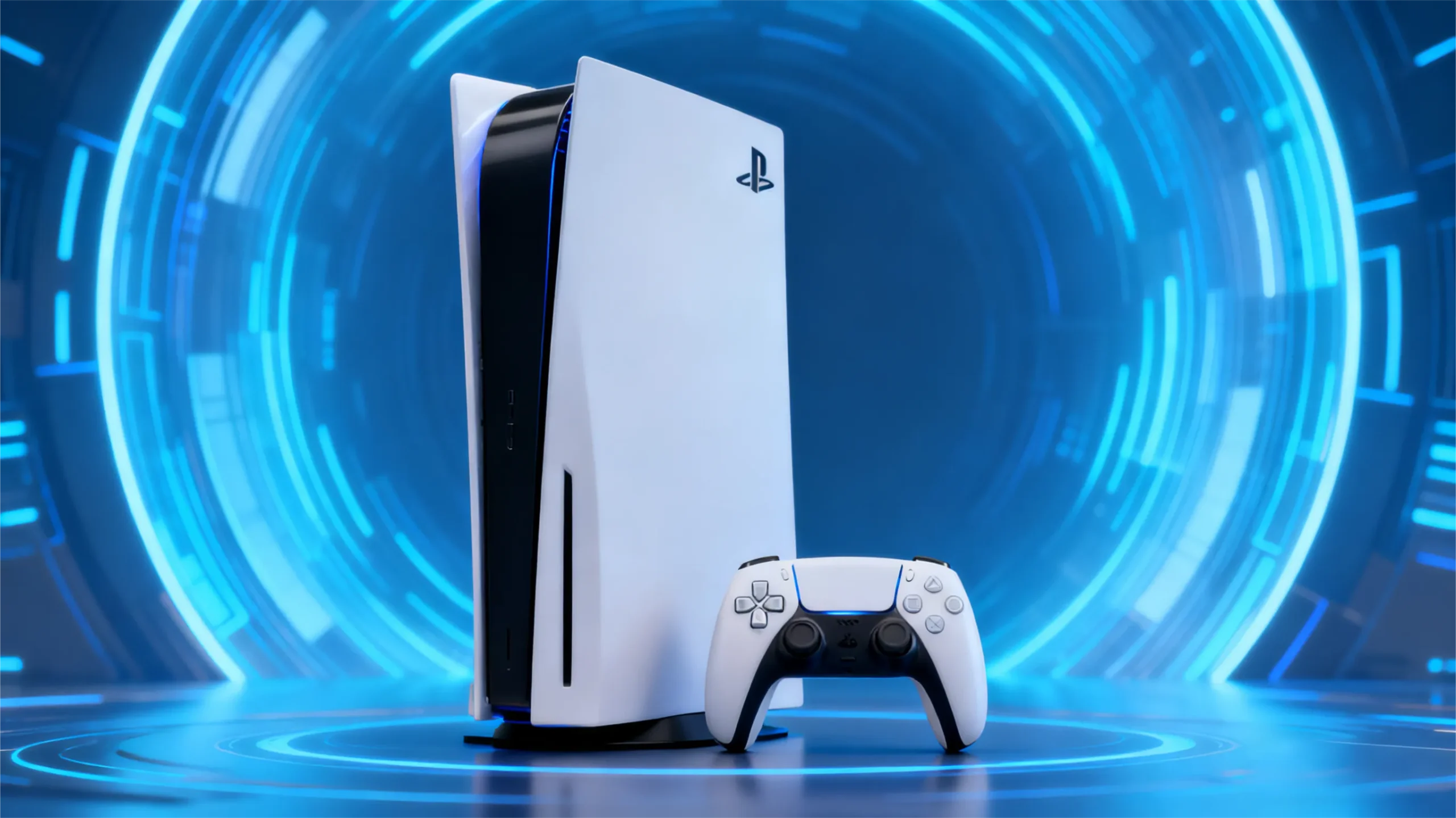
However, the pricing of PS5 games is indeed a major point of controversy – this “expensive” is relative:
the PS Hong Kong pricing may be acceptable to local Hong Kong players, but for Southeast Asian players, the starting price of a major game at US$100 is almost twice that of the Steam platform, which is a heavy burden; more importantly, the PS Hong Kong pricing does not fully consider the consumption level of mainland players, while Nintendo Hong Kong next door will adjust according to the purchasing power of mainland players, which shows more sincerity.
In other regions, the PS5 doesn’t have such a significant price disadvantage. For many players, the PS5 is the most convenient high-performance gaming platform.
No need to worry about hardware configuration or parameter settings, just turn it on and you can play. At most, you just need to switch between the image quality and performance settings.
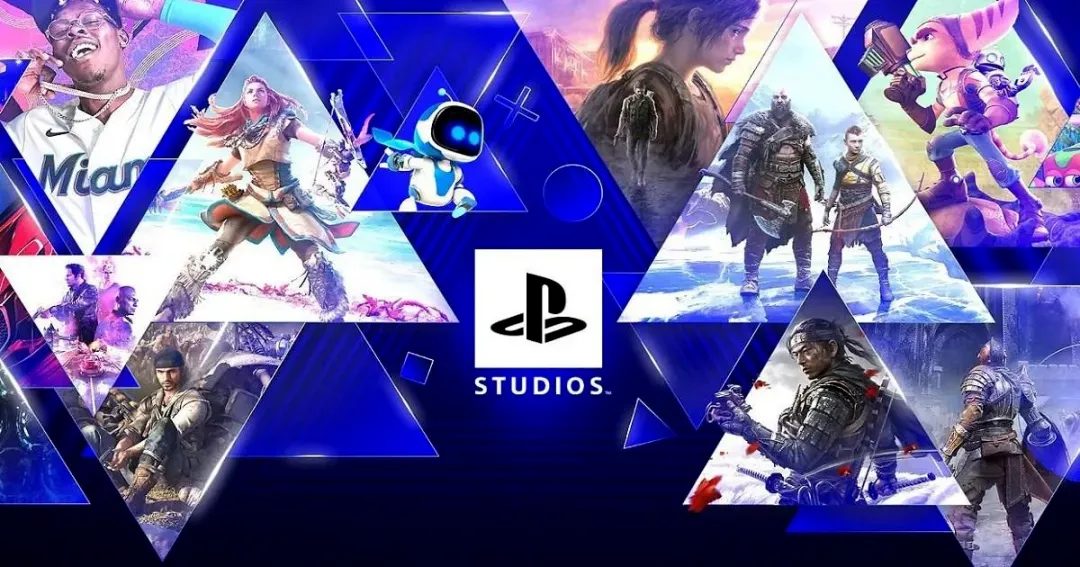
Although Sony has made many decisions that have caused dissatisfaction among players in recent years, as long as the performance gap between PS and Nintendo still exists and PS still has advantages over PC in hardware cost-effectiveness and system convenience, PS5 will continue to have stable user demand.
Even if Sony’s first-party game output decreases significantly (now only 1-2 per year, almost nonexistent), the rich third-party game lineup alone is sufficient to support the PlayStation platform’s core market.
Perhaps within a few generations, the PlayStation will eventually be replaced, but in the short term, its position in the industry will remain unshakable.

While Xbox may appear to be failing miserably in the console market, we can’t ignore a crucial fact: Microsoft, with its Windows operating system, controls the entire PC gaming ecosystem—in this sense, Microsoft has never truly “lost.”
Furthermore, Microsoft has acquired numerous game studios in recent years. Even if Xbox moves away from console hardware and becomes solely a third-party software provider, as long as its game quality remains stable, it can still generate substantial profits across multiple platforms, including PC, PlayStation, and Nintendo.
Just like SEGA back then, although it lost in the console war and withdrew from the hardware market, it is still thriving as a third-party game manufacturer.

Of course, Windows’s dominance in the PC ecosystem isn’t invulnerable: the rise of AMD, the popularity of portable PCs, and the gradual breakthroughs in gaming performance achieved by Linux all pose potential threats.
In the past two years, the ability of high-end Android phones to run some PC games through “translation technology” has gradually matured, adding further uncertainty to the industry’s future. However, in the short term, the current landscape of the PC ecosystem is unlikely to undergo fundamental changes.
The rise of AMD, the development of portable PCs, and the gradual catch-up of Linux in gaming performance also pose a threat to Windows.
In the past two years, many high-end Android devices have been able to translate and play some PC games, which is also a variable for the future. However, in the short term, this situation is unlikely to change.
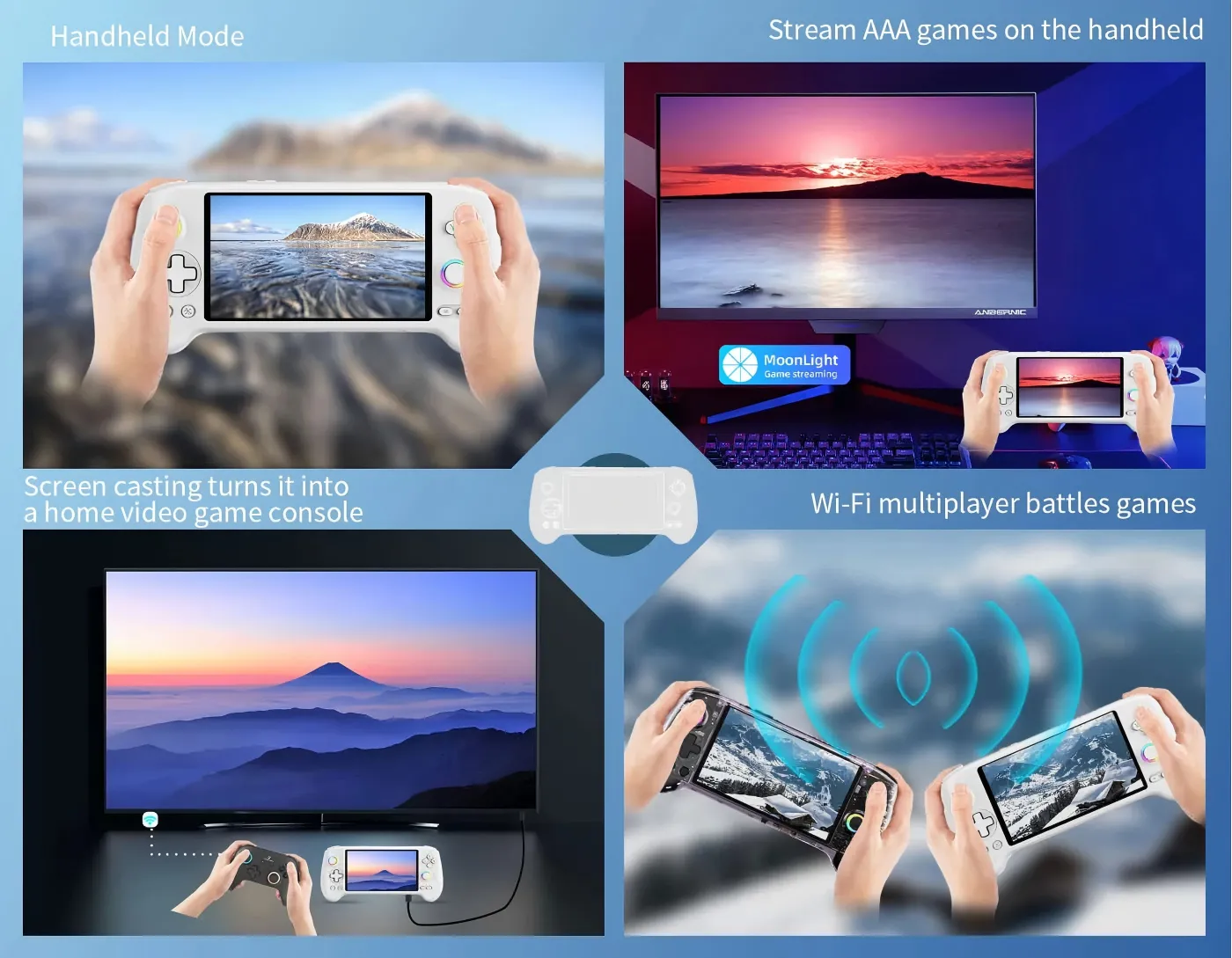
With the advancement of technology and the industry, the console wars, whether they’re focused on performance or price, seem to be drawing to a close.
Hiroshi Yamauchi once said, “Even if the graphics and sound effects are amazing, if the game isn’t fun to play, what will consumers do? They’ll definitely not buy it!” Game quality is the eternal truth in the industry.
If the end of the console war allows manufacturers to focus more on improving the fun of gaming, that might be a good thing.